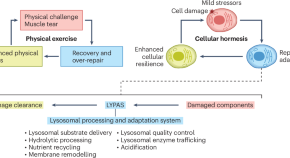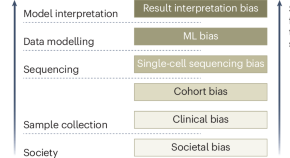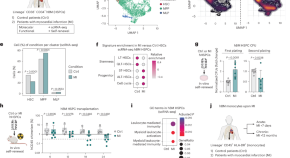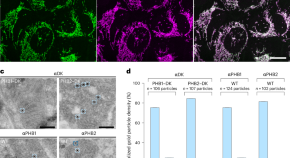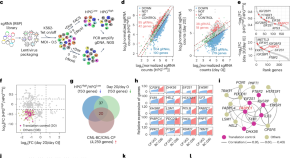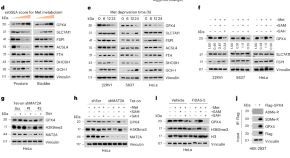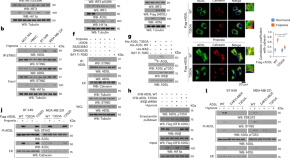
Advertisement
-
-
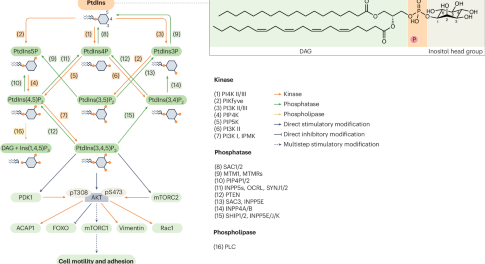
Phosphoinositide signalling in cell motility and adhesion
This Review discusses the role of phosphatidylinositol phosphates and their modifying enzymes in modulating cell motility and adhesion and emphasizes the potential of targeting the associated pathways for therapeutic benefit.
-
-
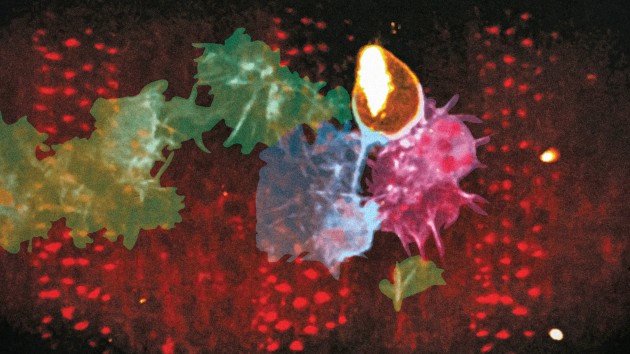
Focus on cell death
Our understanding of distinct and diverse modes of cell death and their contributions to homeostasis and disease has significantly progressed in recent years. In this Focus, we highlight exciting advances in this field with commissioned content, an Editorial, Research Highlights and a selection of related research articles published by Nature Cell Biology.


